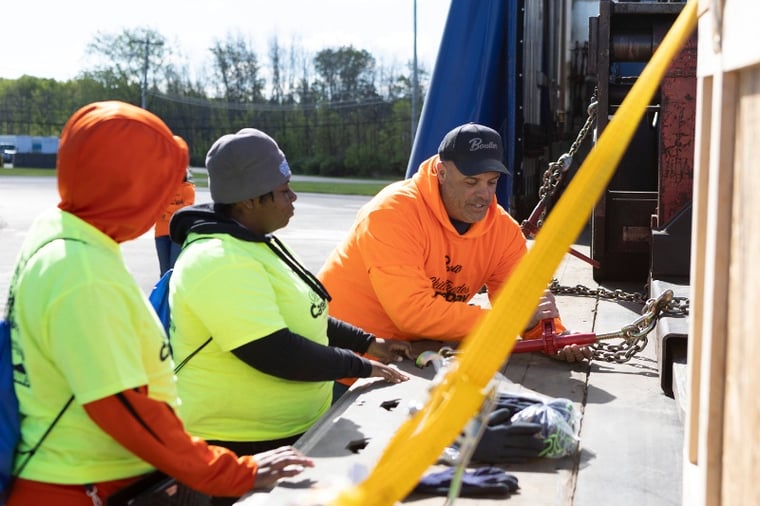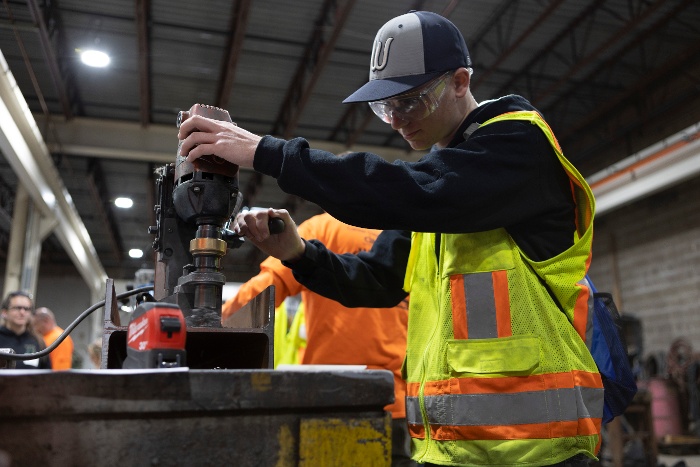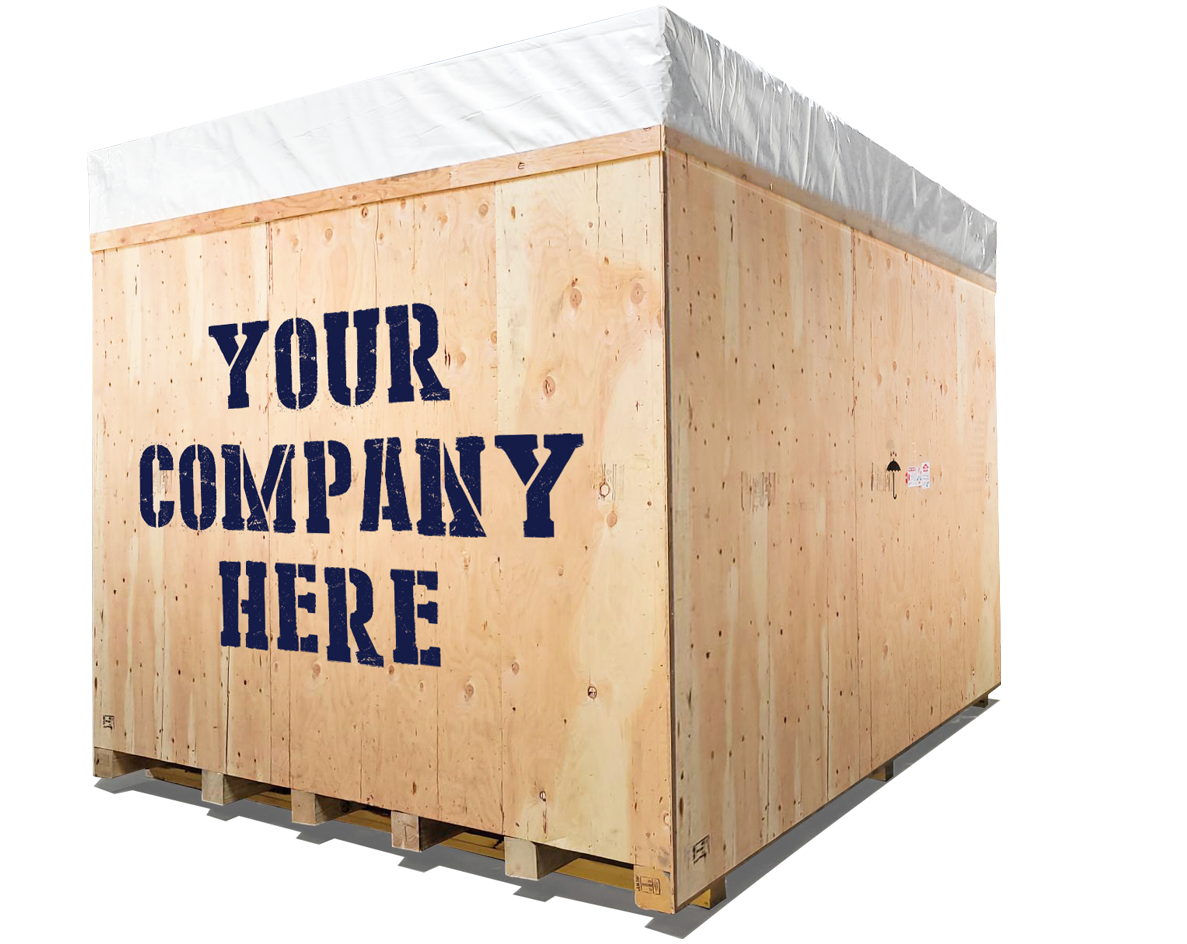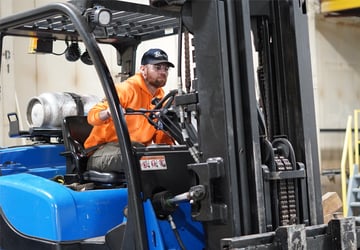From Classroom to Jobsite: How CTE Programs Combat The Labor Shortage

As the labor market becomes increasingly competitive, businesses are struggling to find workers with the necessary skills to fill open positions. A recent study by the National Association of Manufacturers found that 77% of manufacturers say have difficulties attracting and retaining workers, while the construction industry is also struggling to find workers with the necessary training and qualifications. In light of these challenges, vocational education and career and technical education (CTE) programs have emerged as a critical solution to addressing the skilled labor shortage.
CTE programs offer students hands-on training and practical experience in a range of skilled trades, including manufacturing, construction, healthcare, and information technology. These programs equip students with the technical and professional skills they need to succeed in their chosen careers and meet the demands of today's job market. By emphasizing practical experience over theoretical knowledge, CTE programs provide a valuable alternative to traditional four-year colleges and universities for students who are more interested in pursuing a technical career.
One of the primary benefits of vocational education and CTE programs is that they introduce students to these career paths early on. Rather than being pressured to attend college after high school, students can explore different career options and determine what they are truly passionate about. This not only helps students find the right career path for them but also enables them to start developing the necessary skills and knowledge at a young age.
By providing students with the specific skills and training they need for their chosen careers, these programs set students up for success and enable them to hit the ground running when they enter the workforce.
CTE programs also benefit employers who are able to hire workers with the skills and experience they need to fill their skilled labor gaps. There are several programs to pair students with a company for job shadowing while in high school. In Western New York, programs like the Finger Lakes Youth Apprenticeship Program connect students to local companies through Matching Day events that lead to job shadowing and paid co-ops. These types of programs benefit both the company and the individual so that when they’re ready to enter the workforce they can decide to pursue a career with that company. The company in turn benefits by training the individual early on with little expenses.
Another advantage of vocational education and CTE programs is that they provide students with a more affordable option for post-secondary education. Rather than taking on significant student loan debt to attend a traditional four-year university, students who pursue vocational or technical education can often earn their degree or certification at a fraction of the cost, all while completing their education or certification while working. This makes these career paths more accessible to students from all socioeconomic backgrounds.

Building strong relationships with local CTE Directors can establish a valuable pipeline of talented candidates and open doors for recruiting opportunities. These dedicated educators and counselors may not have the resources or skills to actively seek out partnerships with companies. This is why it is crucial to take the first step and initiate a long-term relationship, allowing CTE Directors to reach out to your company for small classroom presentations or to recommend qualified students for your internship program. By fostering these connections, you can tap into a network of potential candidates and showcase your company's commitment to supporting vocational education.
In recent years, there has been a surge of skilled trades career events as a response to the growing labor shortage. These events are a great pathway to connecting with CTE Directors and students enrolled in technical programs. As an exhibitor at these events, you can effectively showcase your company without the burden of hosting a full-scale event at your own facility. By setting up interactive stations with industry experts and displaying relevant equipment, you offer students and these educators a glimpse into your business capabilities and expertise.
As we navigate the challenges of today's labor landscape, CTE and vocational programs stand as a testament to the power of practical education in building a brighter future for all. These programs not only equip students with the practical skills needed to thrive in the competitive job market but also introduce them to promising career paths at an early stage. By fostering partnerships between students, educators, and companies, CTE programs provide a win-win situation where students gain invaluable experience, and employers acquire skilled candidates to bridge their labor gaps.

Brittany joined the Boulter team in 2017, following her experiences in the entertainment and healthcare sectors. In her role as Marketing Manager, she oversees all aspects of Boulter's brand management and digital marketing initiatives. However, her passion extends beyond these responsibilities. Brittany is an advocate for encouraging younger generations to explore rewarding career opportunities in the trades, addressing the critical issue of labor shortage.






